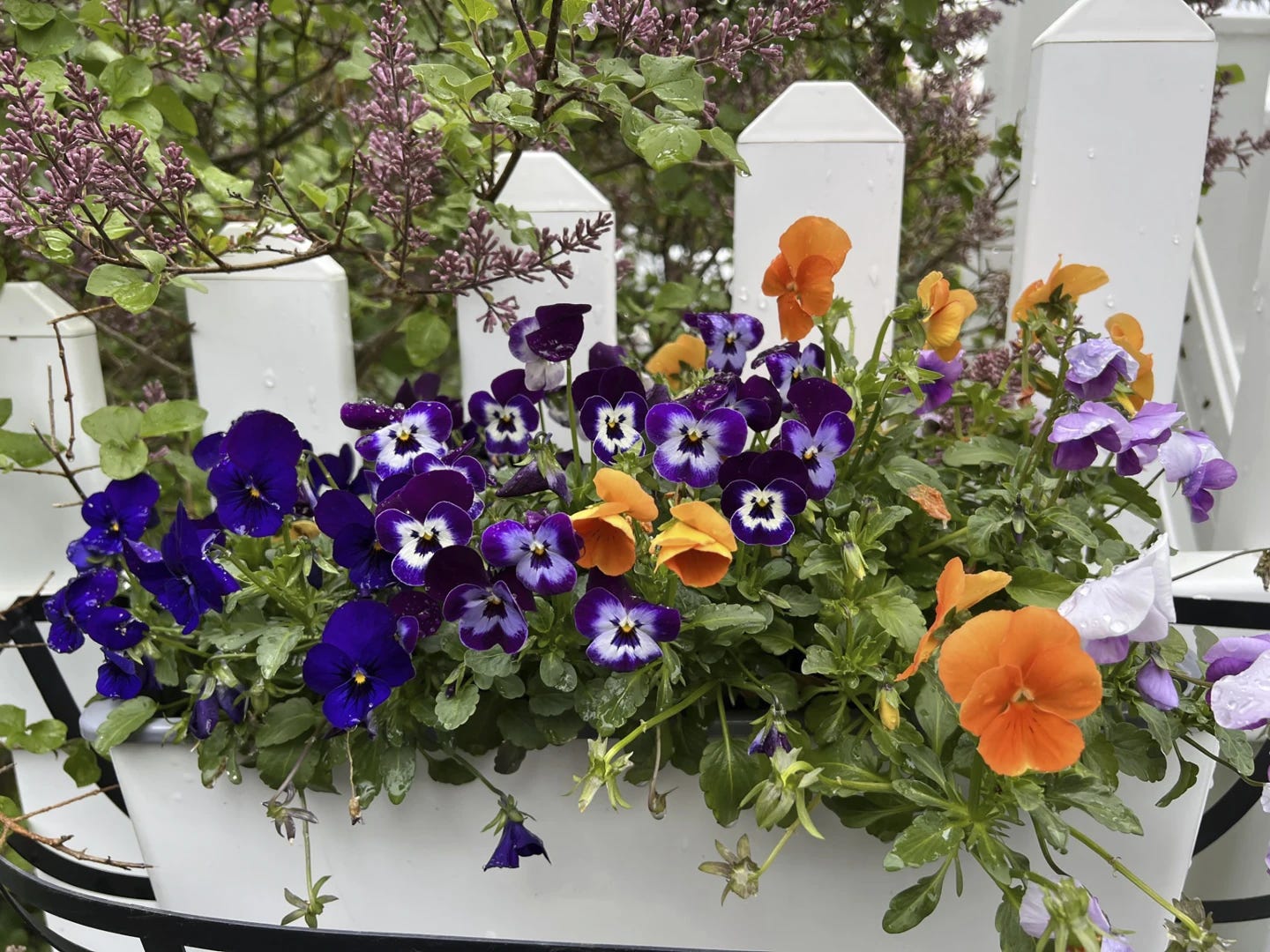A Fresh Start for 2025: Embrace Gardening for Health and Well-Being
As the calendar turns to January, many people are reflecting on resolutions for the year ahead, with self-care often at the forefront. While diet plans and workout routines dominate social media and TV commercials, there’s another path to personal wellness that’s rarely mentioned—gardening. Taking time each week to tend to plants can offer physical exercise, stress relief, an increased intake of vitamin D, and even enhance your diet—all without the need for a costly membership. Plus, starting your own garden couldn’t be simpler.
Start Small for Success
When beginning a new hobby, it’s tempting to dive in headfirst, but starting too big can quickly lead to burnout. Begin your gardening journey with manageable projects—a small flower patch near your front door, a couple of vegetable rows, or a few containers on your balcony. Over time, you can expand your garden once you feel more confident.
Choosing What to Grow
Do you dream of a garden bursting with fresh salads or a colorful array of perennials? Before you start planting, research your favorite plants’ sunlight, soil, and water needs. If your goal is to save money on groceries, focus on growing fruits, vegetables, and herbs that your family enjoys and that can be expensive to buy in stores. Consider adding berries or herbs to your garden for a boost to your budget and your health.
Picking the Right Location
Sunlight is a crucial ingredient for a thriving garden, and while you can control watering and fertilizing, nature takes charge of the sun. Most plants, whether fruits, vegetables, or flowers, need partial sunlight to flourish. Be sure to check the light requirements of each plant before choosing a location. If your garden space doesn’t provide ideal sunlight, containers are a great option—they can be moved around to capture more or less sun depending on the needs of your plants.
Give Your Plants Room to Grow
While it’s tempting to plant everything close together for an instant, full garden, overcrowding can stunt growth and lead to disease. Follow the recommended spacing for each plant, and be patient. Gardening rewards those who allow space for roots to spread and plants to mature.
Watering Wisely
Location is key for easy watering. Plant your garden near a water source to avoid hauling heavy watering cans back and forth. Avoid overhead watering, which can lead to fungal issues. Instead, use drip irrigation or soaker hoses to direct water straight to the plant roots. If you’re watering by hand, focus on deep, infrequent watering rather than light daily sprays to encourage healthy root development.
Container plants typically need more frequent watering than those in the ground. Check the soil moisture by inserting your finger into the pot, and water when it feels dry.
Fertilization Basics
Not all plants need the same level of nourishment. Herbs generally require little to no fertilizer, while vegetables like tomatoes and roses may need more frequent feeding. Learn about your plants’ nutritional needs and use compost to enrich the soil. Adding a 2-inch layer of mulch can help retain moisture, prevent weeds, and regulate temperature, reducing the need for extra fertilizer.
Keep Weeds in Check
Weeds are the enemy of a healthy garden, as they compete with plants for water, nutrients, and sunlight. Pull weeds early before they take root, and dispose of them in the trash to prevent them from re-seeding. Regular maintenance keeps your garden thriving and minimizes the effort required to manage weeds.
Embrace the Learning Process
As with any new skill, gardening comes with a learning curve, and it’s okay to make mistakes along the way. The goal isn’t perfection but enjoyment and growth—both for your plants and yourself. By the end of this season, you’ll have the knowledge and experience to expand your garden even further next year.
Gardening offers a unique form of self-care that nurtures both body and mind. So, why not make it your resolution for 2025?


